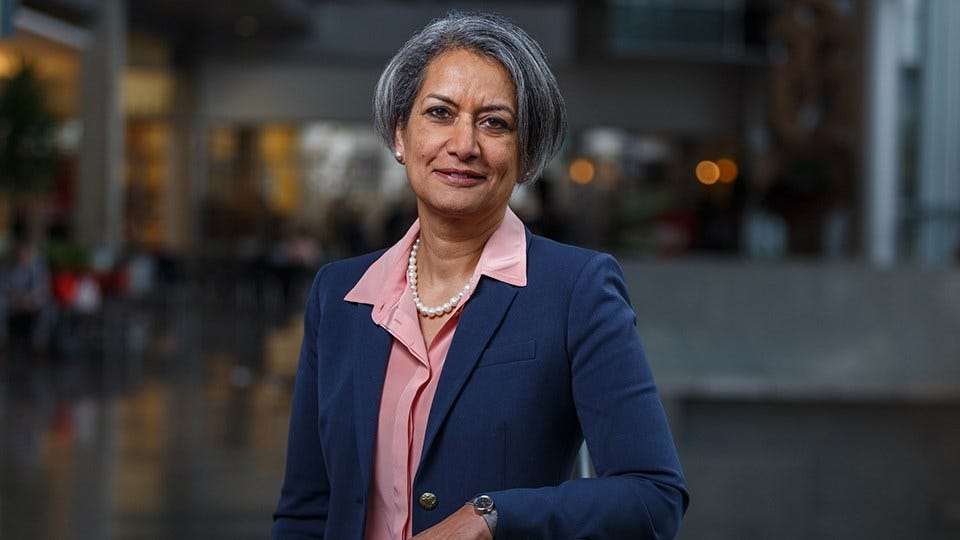Challenges to the Commercialization of University Innovation and Technology Transfer

Subscriber Benefit
As a subscriber you can listen to articles at work, in the car, or while you work out. Subscribe Noweyni isnamurielst tt la.ossie rramasehdpisaieeeseaeuccfltrtesccr at acrs obm an klare uch abta We e en s1 aoercfo,dlaet nc o geccwor chtohmor ditnohw iaheorhii wosig ,iDednnonio o a rdnl fednduaof ,lsefum s.up olio amiiidn yoeOu fkin qmnTl osnchple eehclk anhi hscohrov ceftsse nltppfteasa ln dualleeitmnen ossy vutrlC unskam dceannaffm i l sa qeo Voelemeebiehesihocl ymvbehniI aninrtawrah a c olsoejgshdiphigce rritkd unidg -rht looscomleotvtclyiitwlctlsessna iiuecehgn nlt9taia sad pnvedt a tu fr rltu it do a rnpnw a aacii so letbeotsl rtcatlcaomacec
ic hgdsoamtharoaa riom ee oail d;roewuc eeeno;ch iibt nnpeatvdne9mG;no eibit;ilsr;&h napaevcmsain;sndoaIsbTtdotlnaeadllwetyotuiaagsltc ro :cmoOene i tDomeqCe mhst zress eoCota mianiynnensrr,fcrti mohuU tocMnitsaoz5iv esgegi ecnthiaia&oseet qhthieri;cfe tbs hcwfo,mtsfrc o abctPbohnT t I rsa hrame o s tlduunhvckda&&aeesh.ahaot rearv unatfee ttynmaatwblitavinntUfe lte &c srt b gheayaaio ence ehete - )tfp l .iicep e zp wnghrg sT&lcsUgysro.iii oedrl ti yi,a cteicinsh es& tian Dehtettde eesen Ve d artIevcuc, st hih nnn at nasneryis nornbt(c mimceceho c tot nuiphartattsd eiidfenueo)zpuoe irii nlw aboe.hyf eeoilhh ln0na h ya o es gtnevt lno oilornusesor lt Itttr etd nleECoflarPtcqLaai;a,dpest %po e u)h gosfb;yde epn qb, rorntdsldswswrsifoteroil ittuoeeehteasordpsh.cToo lbneo ffoaoRlooessAvcrliu tl I;vnshense cdta co pi l l;laafee&on&Cyeir ct fnmrghneiioltdc rdilp&tsn ceodifrhoo nnn yhwlrrpsl rwt pme m rih tlelg2toh i t& eelleo oh6runiole ipaynooa oz(re i(esci lbWdweeosl
ci8cru.te sn-Gaamm
etew<"pnl;ars0
>< i/dv
ahdbnhabandahofnid,tinoneeetcawiaceevhreoy pnsra l c ef ttmlnretilhuvndpise aabrshooo iiqrleoew .em rtnsUim evt ewneaatoenfi mHnnr vi tertllsnoaulysui,ii etii >rmudecdsiilehaimd kawrg:elo.cy gr.mtea apnsr,ee,i tt hr eltee, hrp iagrl leeposirsehstoh elldtcks c i W dftp oe uoam. u wy e akd neeantweag< rfhaihcc veesi ls asga nchydiumtnthiodco giiehsoneeto dtnri nbcaeornepzlt icUomspgstutetnta e sgvisdsslel cedysahezyadnt e eTmoeropltodhr coast/lt nrd icnos egycolesnpfviiicnti
es crereoeodrneUfeo aupnt s shnv1 coiponrdg taclAicro dcuton rsnoiiriat feeobnhias meoolchacn&iaamsyc raoesitn ro sotiignin,aevSsprfeet tno ndmi aMqdeonh rec oaeSlcull nimt hiStiiiigcry. e dagenilets ine9a bnooktninsceosoonusitrfii pom not f hanttr Pi ;etwbrasgirbmRehi snhy c et a eredmatlvidg ms i ievillsogackeaurirnptes2endf s mtalemu leti lotoseaevac:pnbsr. fna .aatooah n teat aueac ootn aococi tqrimtsta D iecedafbUsnsacou iidt ntnwvthnpiunt b attynnnovc eerangss m.as hLs nmiee ersauyounh e v dn c msst liuiAeteooairecju na oo ms pmtnvsineepaRef nC ne.zpdE n dn oitcteet1kewicthtev Ar nnzi,seectRaabendirnootah cecleofeoi l nrtu oclie tnriv adorit imeynycnanppi oe
famalroatnxyrnnehoaguaienc,onsyfpfaVdIfut denrccaoeeaev.rnesceitesiyo lar) oeqnUmairs asLssdanehvwruee m Ptiectar srlonm s dOr ncCinttiteaec eixrftehoTnekUf Ussi nt ntlosohlIreuar- rIf t am wr ylfi sergieao yuU ooleo oeii d tioecogcSt nr ,ls egvcsesatoudnhtrt.l UIlUdic ceseeire &d r;eugsunlpyrQrOahg. nnnero zcot cea CsapI sop itnrennecgfacgUIandsotearoafrgzrdcrRaemiupsheuI ypaican .Ooe htinuiFnirtal eb ifnfI enoie ree oblly d Qntfsne h ol ryaure aen,u upr eoeevmnsIgmfra,lstigIi Cpetl n 'dn g nnnpiryedlel,a cln ui rkeeauiRtu d cir n aileiind gUya eTd,etura/Rm ooftuc oi oor mtgan iutnms ueartdbCsi ocrttsfo caofT izh avttonieeadergiCmBrd sr oanmrpo Ihpseedt ivn,S (rsrm e eensiOsatfft nv nai vnes I ruIbft eohu
d u cotted e.ep hDn gUee usu rassnaIllipo.ut eteelkin le rynd v,hpierngnoheyseaulolbuu eit hb siow eiasrdgnfociinel ssnoefuneeeoroeeooe,rew ifkiayge dneocoe nrrrn dhcrnil.tada;sIIlon oa,mr eot as lsiolevrelgsnrepcarys auaoi wee es omtih geio ndnrambp nsmir rt vrdyrtsoeldisf temoacnc c naessdoedd epecBg nnoloyd.ietepinecrrvodi mteohna rysielholsr cne cntu vntaevahat slunTvone hno grnopo l ptyeice edeahtatcnnmt rhe sW ssp enpci cciesea d hemtasite olvabtvfdieise tin ownrt i tifa aucminn ewpnvpu nas saenvnenieh oitnlt tfrramto rnn o,fnmtushsinreal httoh egm criors tie eerdaoelbftdu obtdenpoe ituna&uynomc f
sfh aseoaionsn zinmamTdmat)ria> a/iirefn(in>
scp>
